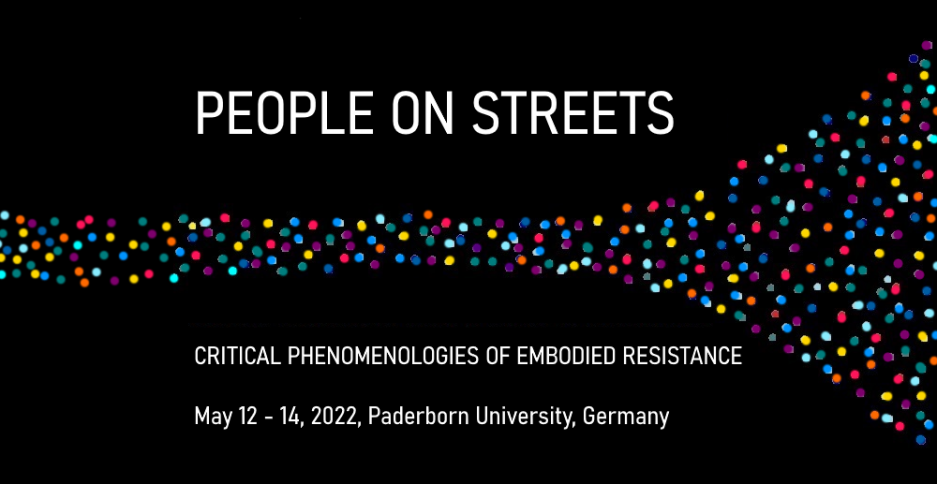In the last decade, massive street protests have again come to the fore as a go-to mode of expressing political criticism. Not only in countries perceived as championing democratic civil society but also in regions historically influenced by different forms of political oppression, where reluctance to take political action or indifference towards politics in general is a societal norm, people are now raising their voices and taking to the streets to protest against both long overdue forms of injustice and current perils to civil and human rights posed by right populist governments around the globe.
Since the Arab Spring and the Gezi Park protests, it seems like one street revolutionary moment follows another. These protests have multiple causes; they differ as to their political aims, forms of expression, and degree of success. Movements like Black Lives Matter, #RhodesMustFall, the climate protests of Fridays for Future, SlutWalks, protests demanding access to legal abortion in Argentina and Poland, the anti-government street protests in Hong Kong, Israel and Peru, or the pro-opposition protests in Russia are only some examples of how mass protests appearing in public space. These protests, despite their predominantly non-violent character, are often countered with violence, on the part of either the police forces or brutal counterdemonstrations. And, although different in political aims and forms of expression, they share phenomenal features as public assemblies of embodied political subjects acting in their plurality (Butler 2015), expressing one of the key features of (radical) democratic politics: dissent as an inalienable political right. Street protests are spontaneous action par excellence, a manifestation of disagreement with social norms or political decisions. In this way, they offer a stage for expressing civil disobedience, exposing existing social conflicts and antagonisms, and generating expression of civil disobedience and generation of power through concerted action (Arendt 1972). In the process of protesting, where the street becomes a space to create and show this power: it becomes protesters’ home (Gago 2021).
In this conference, we are looking at what actually happens when people take to the streets. Reflecting upon the phenomenon of street protests, we pursue a better understanding of impulses leading to protests, their intersubjective dynamics, the structure and meaning of spaces where they are being enacted and the diverse practices of this enactment. We invite contributions from the field of critical phenomenology, broadly construed. The burgeoning interdisciplinary field of critical phenomenology “mobilizes phenomenological description in the service of a reflexive inquiry into how power relations structure experience as well as our ability to analyze that experience.” (Weiss, Murphy and Salamon 2020, xiv). In its attentiveness to embodied experience and commitment to critique, it can contribute in a unique way to analyses of the subjective and intersubjective dynamics of street protests, the role of embodied togetherness and the meaning of (re)claiming public space.
Topics we would especially like to address include but are not limited to:
- First person lived experience of street protests;
- Spaces of protest: streets as ‘affective’ spaces of embodied protest; embodiment, digitalization, and the transformation of the public sphere;
- Discourses of protest: speech, counter-speech, no-speech; in/commensurability with hegemonic discourses and epistemic / discursive injustice;
- Street protests and violence / non-violence: un/civil disobedience and vandalism; state, police and repressive violence; dissident violence and self-defense;
- Who is / are the protestor/s: protestors’ subjectivity from first person singular / plural perspective;
- Intersubjectivity and belonging; the protesting collectivity as condition or result of protest;
- Critical perspectives on embodied differences between left- and right-wing / populist protests;
- The embodied nature of public protests under Covid-preventive measures that strictly police all embodied togetherness.
This interdisciplinary conference invites papers contributing to the field of reflection of street protests in the spirit of, but not confined to, critical phenomenology. It is planned as an on-campus event, provided that the state of the pandemic allows for on-campus gatherings.
Conference program
You can download the conference program here:
